In an age where sustainability is no longer a nicety but a business necessity, apparel factories are under increasing pressure to take steps towards environmental considerations. With each passing year in 2025, implementing eco-friendly measures has become paramount to both environmental stewardship and business success. The global textile industry—that is, accounting for something like 10 percent of global carbon emissions and 20 percent of industrial water pollution—stands at a crossroads from which transformation is not only beneficial—it is necessary.
1. Water recycling and treatment systems: The new concept
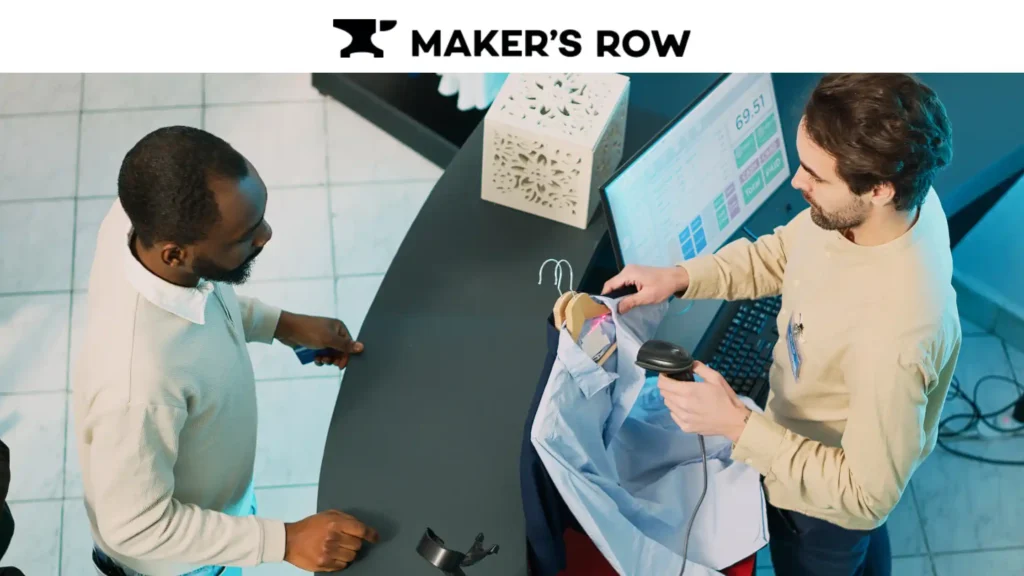
One of the most significant challenges facing the textile industry concerning environmental degradation perhaps is water usage, which one mill may consume millions of gallons annually.
Modern factories today employ closed-loop systems of water usage, which would change the present pattern of water usage. These systems can recycle up to 95% process water so that harmful chemicals and dyes are removed before discharge. Results have been marvelous, with the leading manufacturing firms able to reduce up to 70% in freshwater consumption and the corresponding decreases in costs of operations.
The technology applied to these systems of water treatment has considerably evolved, incorporating:
- Membrane filtration systems
- Reverse osmosis technology
- UV treatment processes
- High oxidation systems
- Real-time Monitoring Capability
Their huge initial investment in advanced water treatment technologies gives the first impression, but an implementing factory will normally see a payback within 2-3 years by cost savings in water consumption and in savings due to compliance.
SIGN UP FOR A FREE DEMO!!
2. Renewable Energy Integration for Sustainable Production
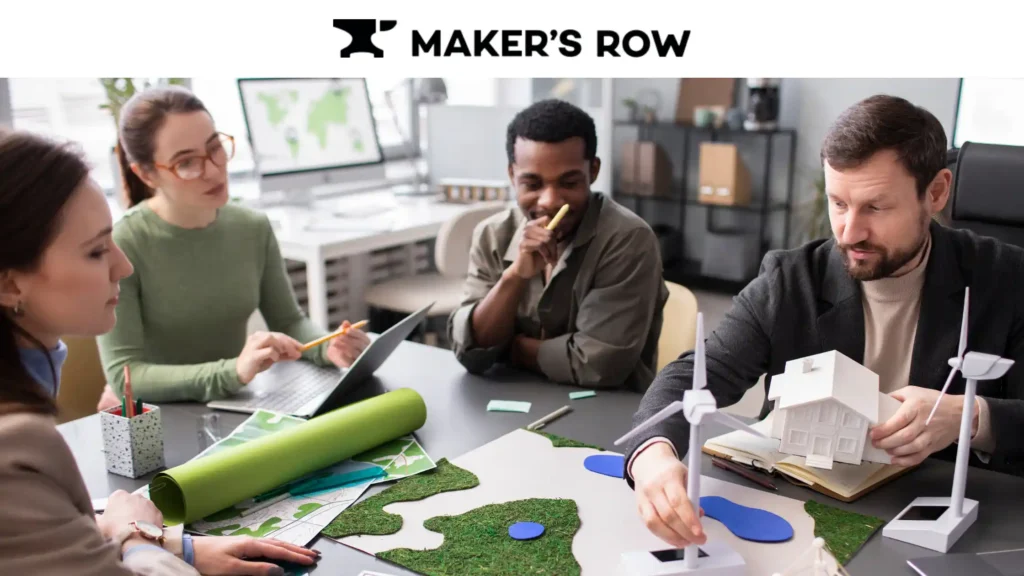
This should make the transition more feasible and indispensable for most garment factories, as renewable energy sources are increasingly being adopted. Contemporary applications range from straightforward photovoltaic systems to large-scale holistic energy management. Such would include the installation of solar panels on the rooftops of factories to supply 30–40% of electricity. Therefore, wind power systems in such favorable places will only supplement the power.
Thus, a circular energy economy is presented by textile waste that produces energy.
Energy Management:
- AI-Powered Optimization Into Intelligent Energy Management Systems
- Energy-saving machines and lights
- Heat recovery system from the production process
- Power storage solutions with superior reliability in energy
Those opting for fully integrated renewable energy solutions report a reduction of 40–60% in traditional means of energy. Some even manage to run nearly carbon-neutral.
3. Zero-Waste Pattern Cutting: Optimum Material Utilization
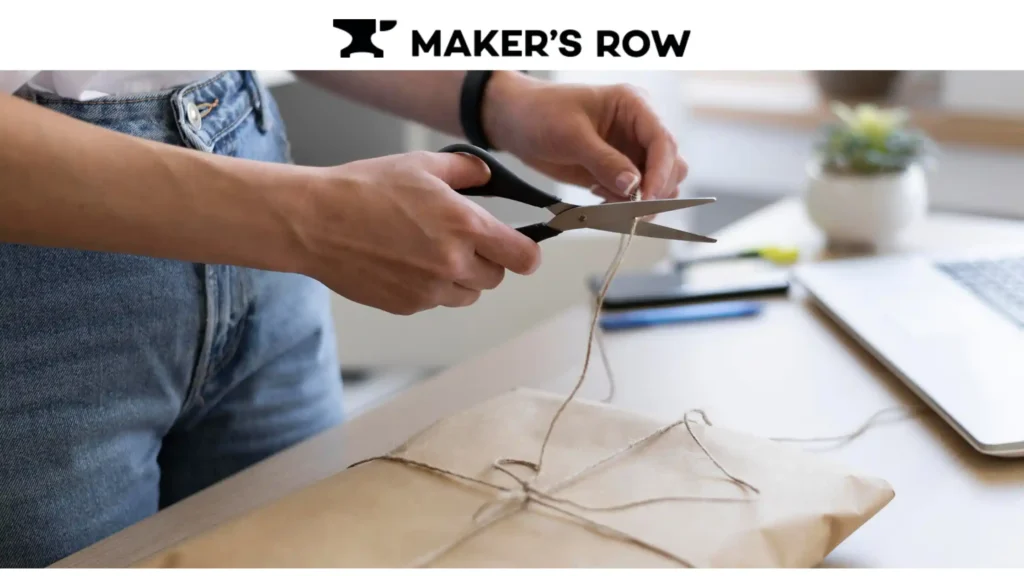
Modern technology transformed once a significant source of waste into an innovation opportunity in this field concerning the cutting and pattern-making of fabrics. Today, the following integrated modern systems are considered:
- AI-optimized cutting systems for the optimal utilization of fabrics with intelligent placement.
- 3D software visualization for prototyping without the need for physical samples
- Digital pattern-making software produces up to 80% less sample waste.
These include:
- Automatic recycling programs for scrap materials
- New innovative upcycling techniques that transform waste into new goods
- Tracking waste management with blockchain-based tracking
- Co-operative platforms for surplus materials to share
These advanced techniques reduce the wastage of the fabric up to 15%. This happens because these techniques directly hit both profits and environmental sustainability. The top-head factories reported that annually they saved hundreds of thousands of dollars from material wastage.
4. Raw Material Sustainability: Reviving a Sustainable Supply Chain
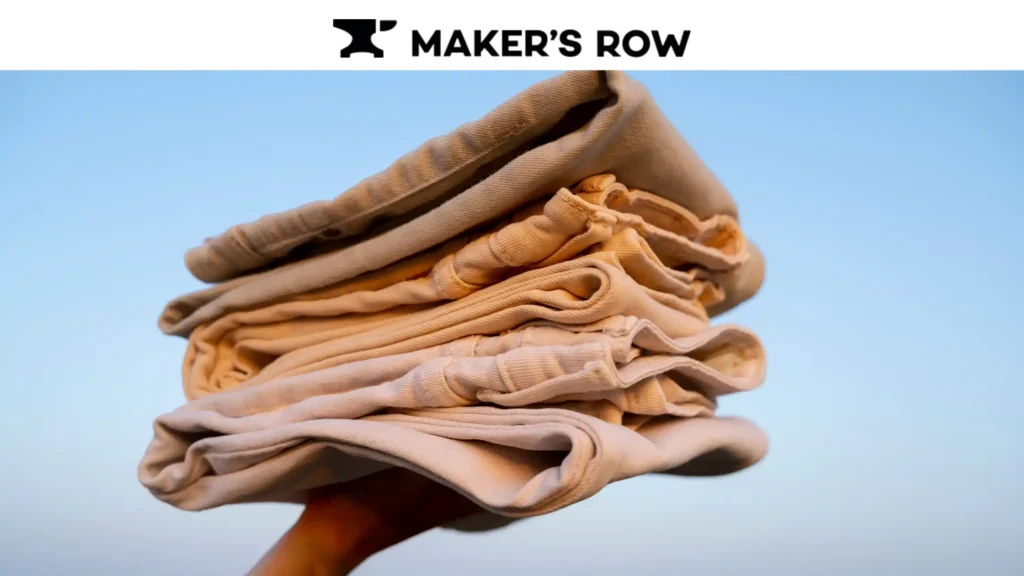
The demand for sustainable materials shifted towards more complex adaptation, whereby factories have developed broad sourcing strategies that encompass:
- Organic and recycled cotton is entirely traceable.
- Post-consumer plastic recycled polyester with certified content
- Bio-based synthetic materials from renewable raw material resources.
- Regenerative agriculture partnerships
- The material is blockchain-verified and sustainable.
- Local sourcing initiatives to minimize transportation emissions
- Industry partnerships in developing sustainable materials in collaboration.
Increasingly, modern manufacturers are aligning with suppliers who offer clear sustainability certifications and have an advanced tracking system that ensures authenticity at every point in the supply chain.
SIGN UP FOR A FREE DEMO!!
5. Chemical Management and Natural Dyes: The Green Approach
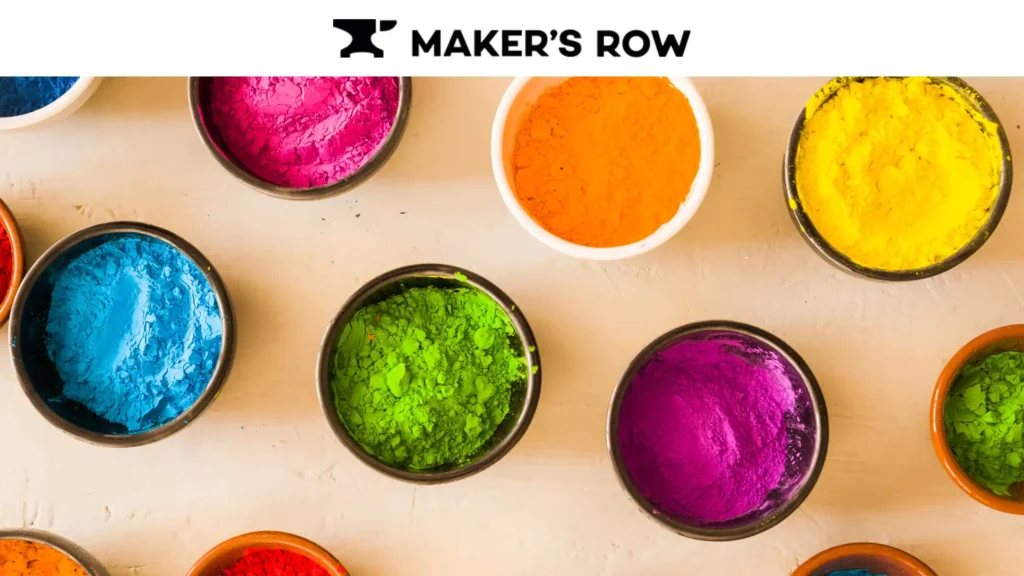
One of the characteristic features of sustainable production in textiles is minimizing harmful chemicals. Such practices today include:
Full implementation of the ZDHC or Zero Discharge of Hazardous Chemicals requirements
Examples: Advanced ecological and non-toxic dyeing technologies
- Reduce water and chemical usage through digital printing solutions.
- Real-time monitoring of automated chemical management systems
- Continuous testing and certification of the procedures.
- Training of employees and safety measures
- Research and development in more innovative, environmentally friendly alternatives.
- Engage chemical suppliers to implement a sustainable solution.
Such programs benefit in the form of environmental safeguarding, safe working conditions, and consumers’ growing demand for chemical-free products.
Implementation Strategies for Success
Such is the step to a successful, all-around understanding of sustainable practice.
- General, comprehensive assessments of environmental impacts
- Fully developed phase implementation plans with specified milestones
- Employee Training and Development End
- Identify monitoring and evaluation procedures
- Design feedback loops for continuous improvement
- Partner with green technology providers.
- Industry networks and knowledge-sharing sites
- Develop Communication Strategies with Other Stakeholders
How does Maker’s Row help?
Maker’s Row is a revolutionary platform in the American manufacturing environment. It connects sustainable apparel factories with emerging brands. This means this online marketplace changes the nature of how an eco-friendly manufacturer connects to a client, providing a comprehensive directory of US-based factories emphasizing sustainable practices. Through all the foregoing environmentally friendly practices, a manufacturer can demonstrate all of its green efforts in recycling water to any chemical management protocol in an effort to show that it provides easier means for brands to find like-minded partners.
SIGN UP FOR A FREE DEMO!!
Conclusion
As we enter the balance of 2025, the apparel industry is entirely in the midst of its sustainable revolution. Companies embracing such an environmentally conscious strategy are serving not only the world but also putting themselves ahead in increasingly sensitive markets. It is no longer about responsible conduct toward the environment but is, rather, building robust, future-proof organizations that can survive within an evolutionary global economy. The road to sustainability is still on.
Commitment, innovation, and collaboration along the whole value chain will figure out where success comes from. Opportunities for sustainable production will therefore rise infinitely as technology advances and consumer knowledge advances. Factories embracing such changes today will be leading industries tomorrow.
Future Development
A future of cloth and textile production wherein profitability, productivity, and sustainability are perfectly balanced. Necessities develop daily as new innovative solutions get us one step closer to actually sustainable fashion production. It is time to act: our choices today shape the future of fashion.